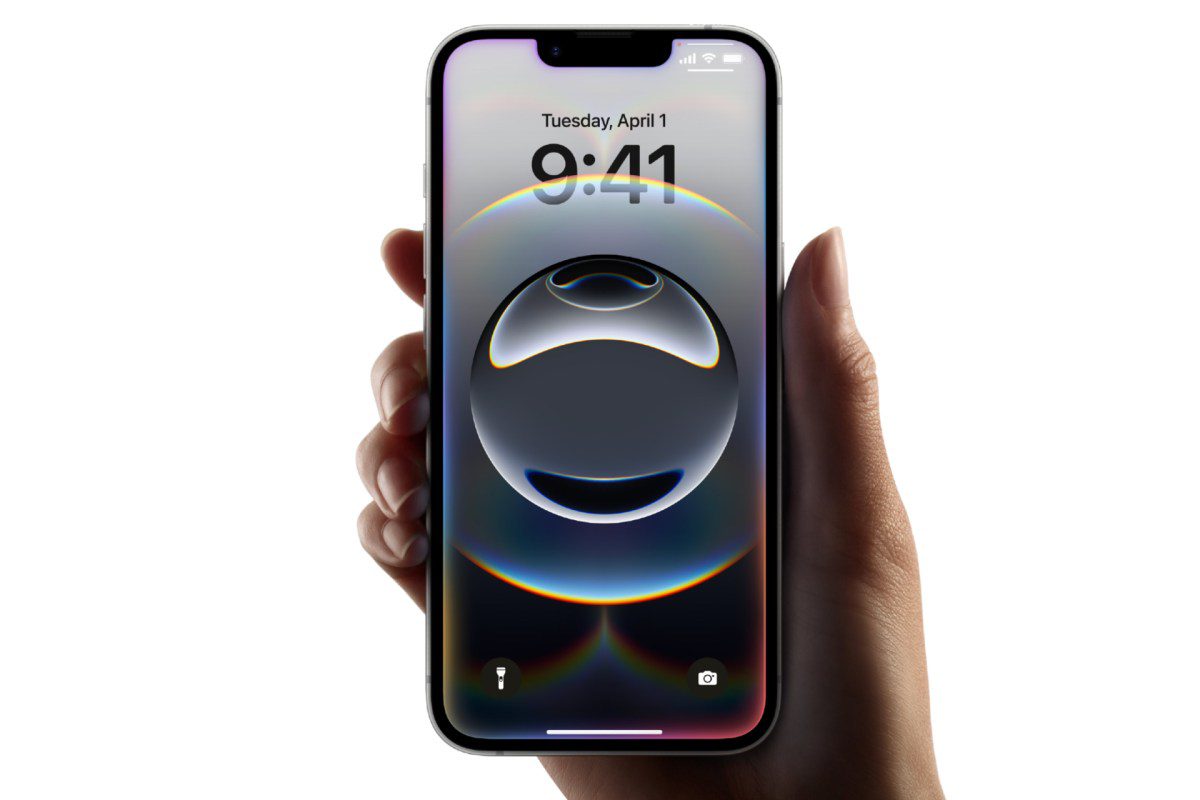
On Wednesday, Apple introduced the iPhone 16e, which takes the place of both the iPhone SE and iPhone 14 in its product range. This new device is the most affordable option within the iPhone 16 series, specifically targeting emerging markets like India.
As the world’s second-largest smartphone market, following China, India’s demand has significantly boosted iPhone sales. Recently, Apple has secured a position among the top five smartphone vendors in India. However, with the upcoming launch of the iPhone 16e, its effect on this crucial market remains uncertain.
In 2024, Apple ranked as the fourth largest market for smartphones in India, only behind the U.S., China, and Japan, recording a remarkable 12 million shipments in the quarter and achieving 35% year-over-year growth, according to IDC. It’s anticipated that shipments will surpass the 15 million mark this year.
Interestingly, the success of Apple in the South Asian market can be attributed more to the popularity of the iPhone 15 and iPhone 13, which were the top-selling models in the last quarter, capturing a 6% share of the total smartphone market.

Despite Apple’s expansion in India, the iPhone SE has seen a corresponding decline in its market presence. The iPhone SE (2020) accounted for 18% of total shipments in its first year, whereas the iPhone SE (2022) fell to 6% two years later, according to exclusive IDC data provided to TechCrunch. In contrast, nearly 40% of iPhone shipments in 2022 were attributed to the iPhone 13.
IDC’s findings indicate that shipments of the iPhone SE in India and globally dwindled to minimal levels in both 2023 and 2024, without any new SE models being introduced.

Navkendar Singh, associate vice president at IDC India, indicated to TechCrunch that around two-thirds of iPhone sales in India come from older models.
The Android platform remains dominant in India’s smartphone landscape, featuring an average price of $259. Brands like Vivo, Oppo, and Xiaomi have made significant inroads in the market. Nevertheless, the iPhone still leads in the premium segment priced above $600, followed closely by Samsung Galaxy devices. This essentially positions the iPhone’s fiercest competition as its own earlier models.
The iPhone 16e is priced starting at 59,900 Indian rupees (approximately $689), climbing to $1,034. In comparison, the older iPhone 15 has a starting price of $804, while the iPhone 16 begins at $919.
In a market like India, where older models continue to sell well, the price difference may not be enough to convince buyers to select the iPhone 16e over, for instance, the iPhone 15, given the features that the more budget-friendly model compromises.
The features available in the 16e may not be significant enough to entice new customers, especially considering the popularity of the equated monthly installment (EMI) payment option, allowing users to buy expensive devices through manageable payments. About half of consumers purchasing high-end phones in India (priced between $400 and $700) opt for this financing method.
“With EMI options in play, many buyers might prefer the iPhone 15 or 16 over the iPhone 16e due to the real cost differences,” Singh noted.

With the introduction of the iPhone 16e, Apple aims to penetrate a more budget-conscious market segment. This strategic move could assist in increasing the company’s revenue from Apple Services over time. However, the rollout of Apple Intelligence is still in its early stages domestically and is not expected to reach India until April.
The 16e also becomes the newest iPhone model assembled in India, joining the ranks of the other iPhone 16 variants. However, for the time being, local assembly is unlikely to influence its pricing.
Sanyam Chaurasia, a senior analyst at Canalys, believes that the iPhone 16e could attract consumers who might have chosen an iPhone 12 or 13, both of which remain available through retail in India.
He emphasized that younger buyers might also be inclined to choose the iPhone 16e over the older iPhone 15, stating, “It caters to a specific niche in the market.”
Unlike other emerging markets such as Latin America and Southeast Asia, India does not operate on a telecommunications-driven model where carriers offer subsidies on smartphones bundled with their plans. This results in the iPhone 16e being considered relatively pricey for Indian consumers.
The timing of the iPhone 16e’s launch may also affect its appeal, as it does not coincide with the upgrade season, typically occurring during major Indian festivals later in the year, according to Chaurasia.
“Apple is expected to offer discounts on the iPhone 16e during the festive season this year, but similar promotions on existing models could make the latter even more appealing than the new offering,” he noted.









